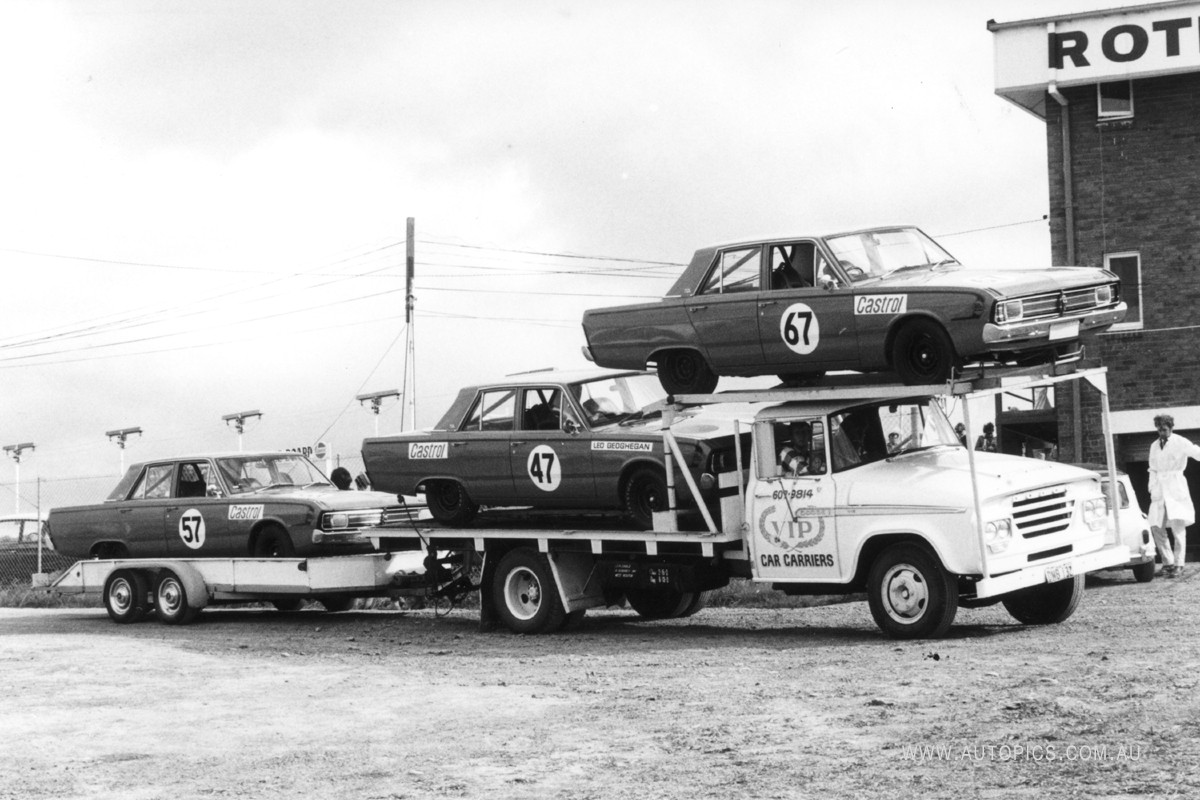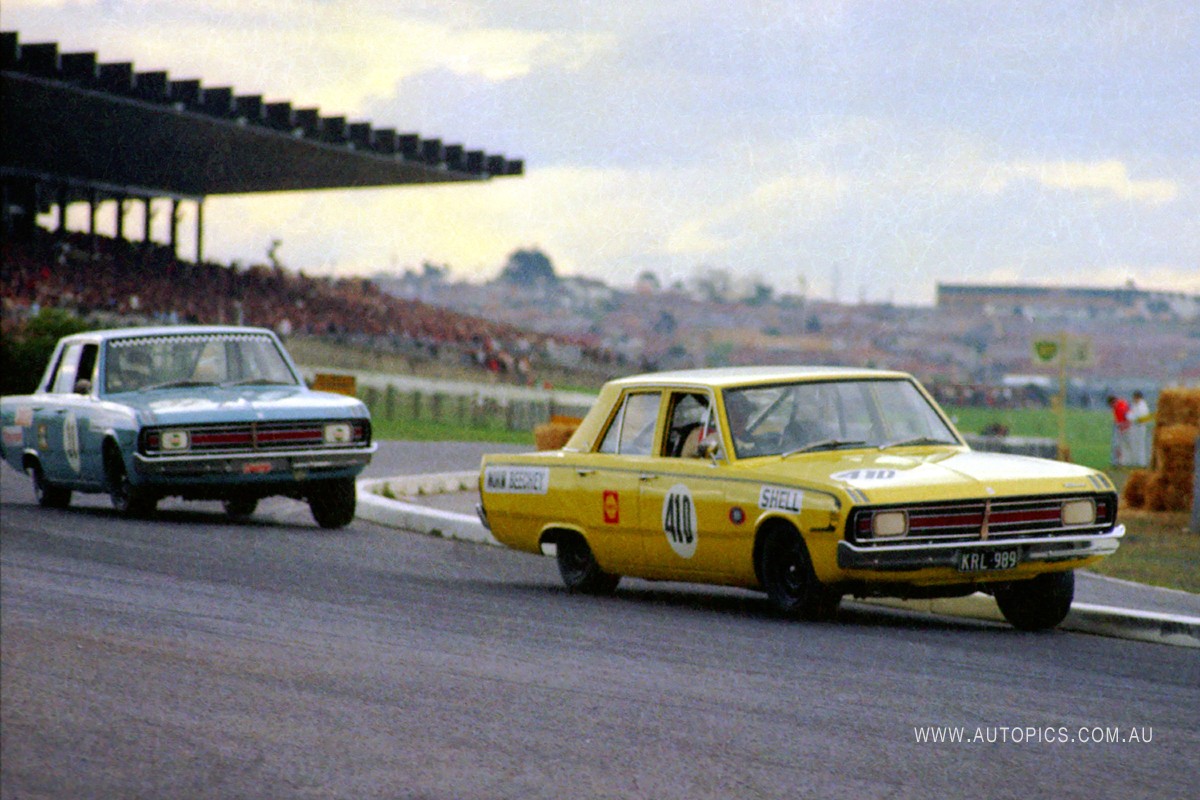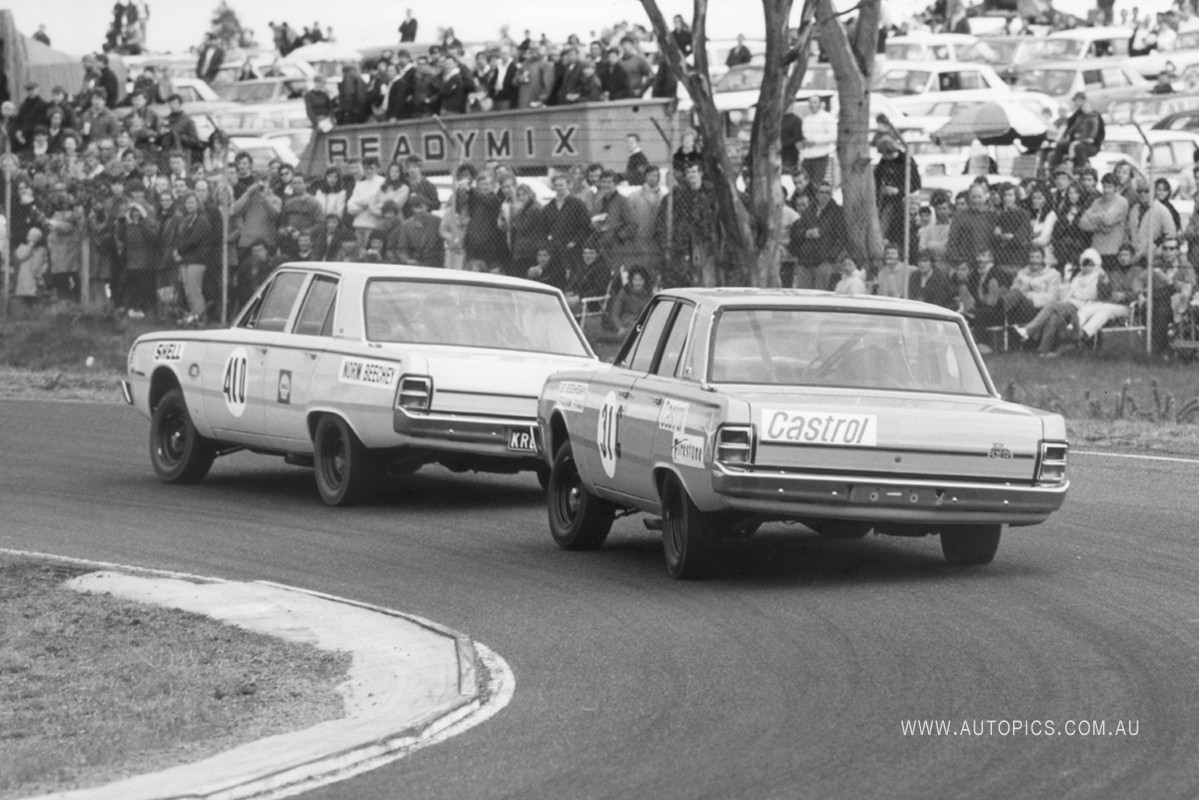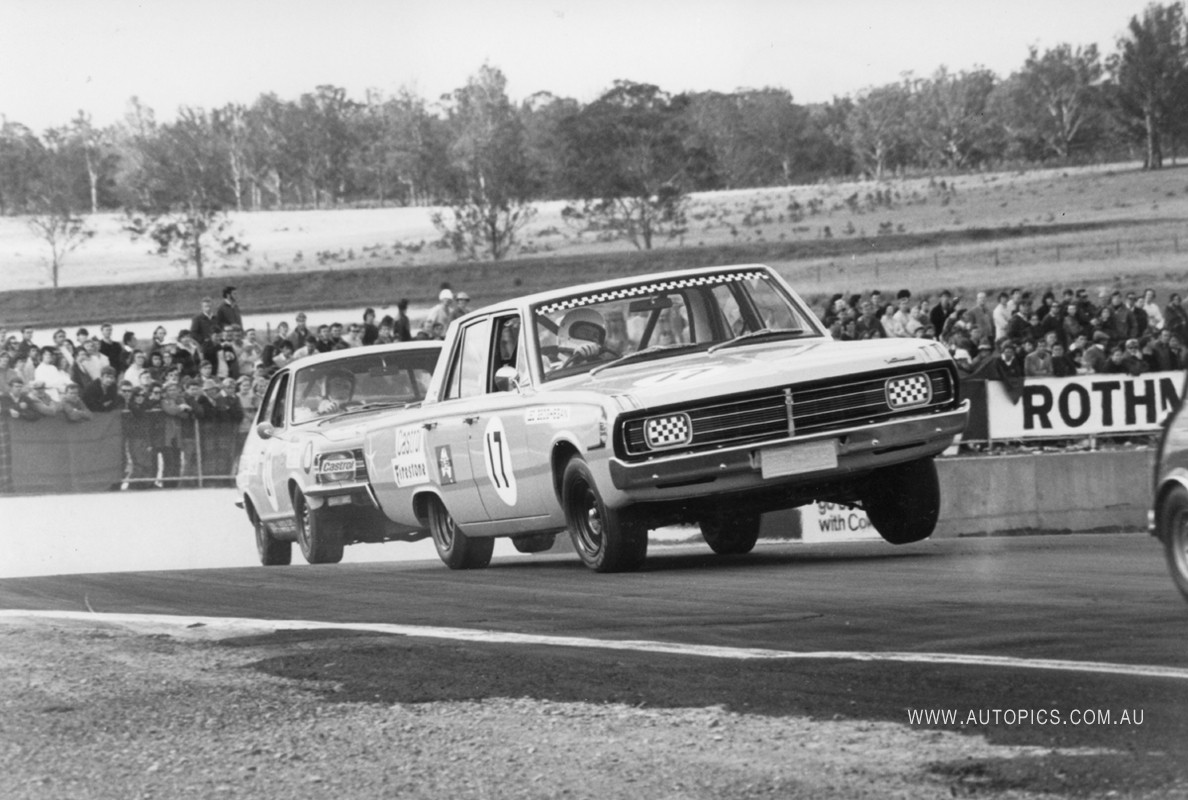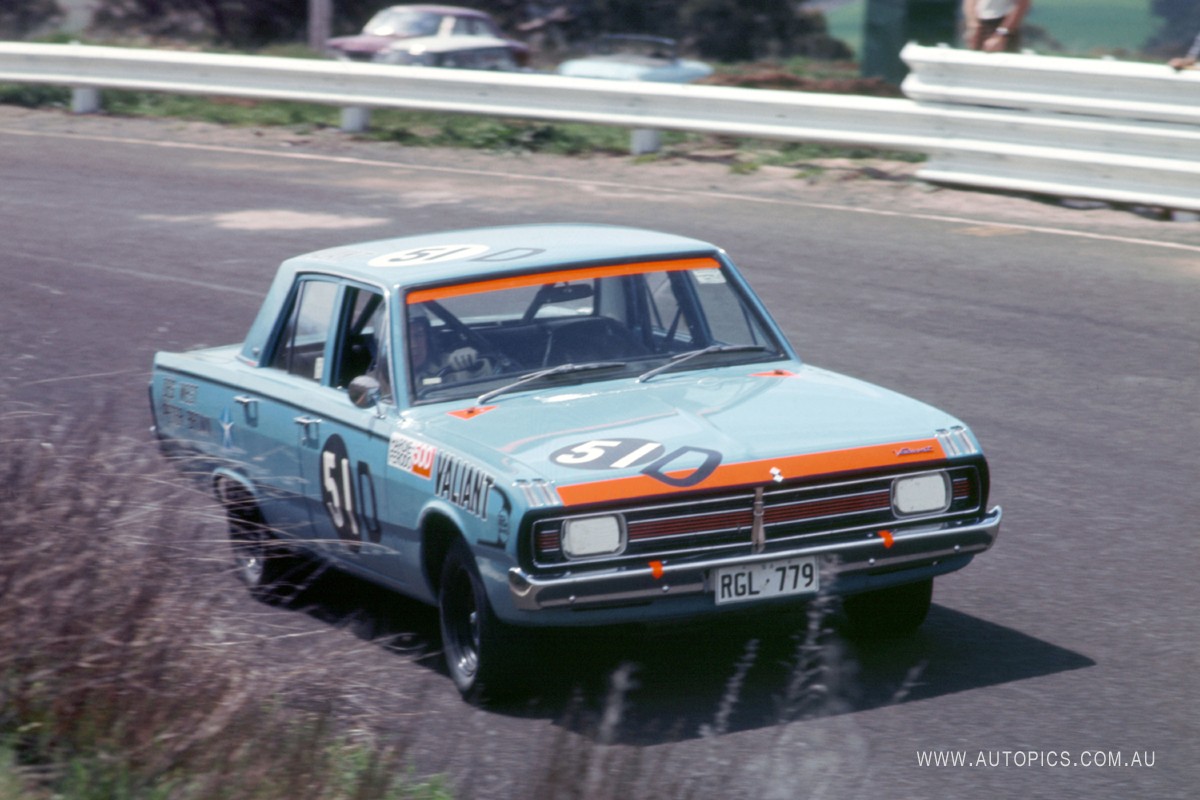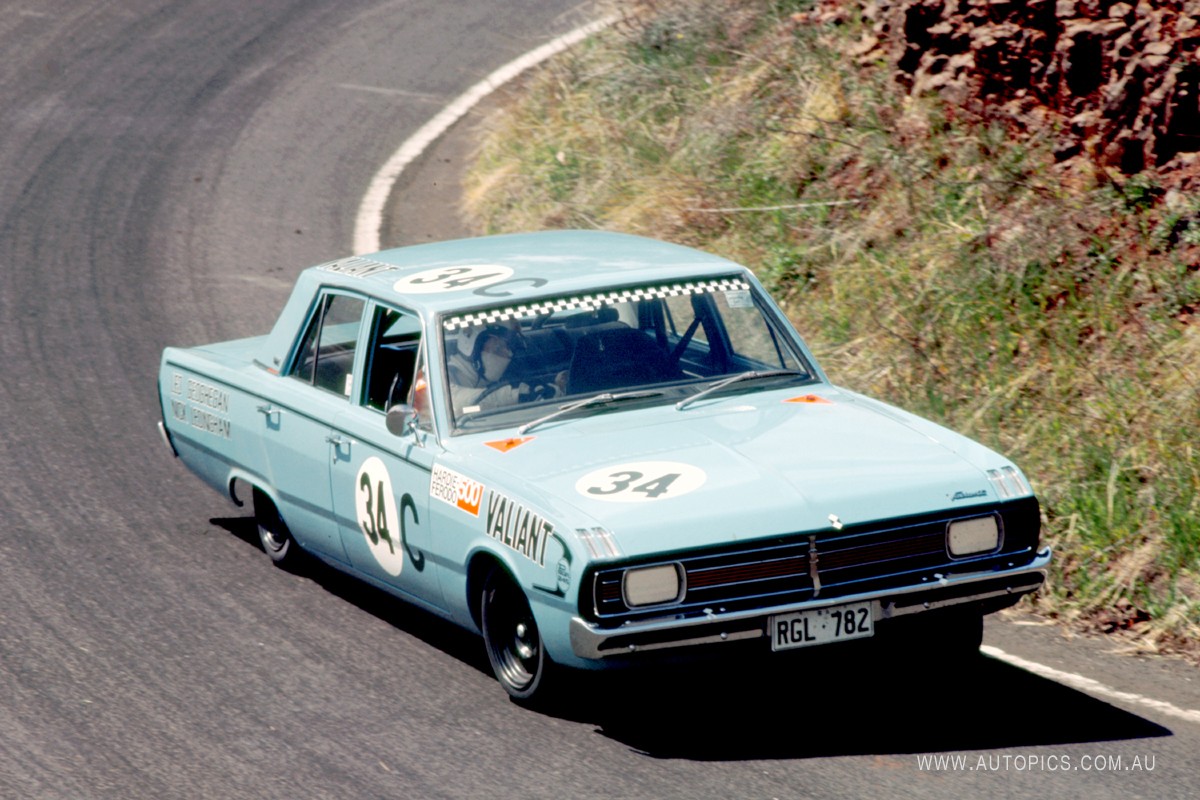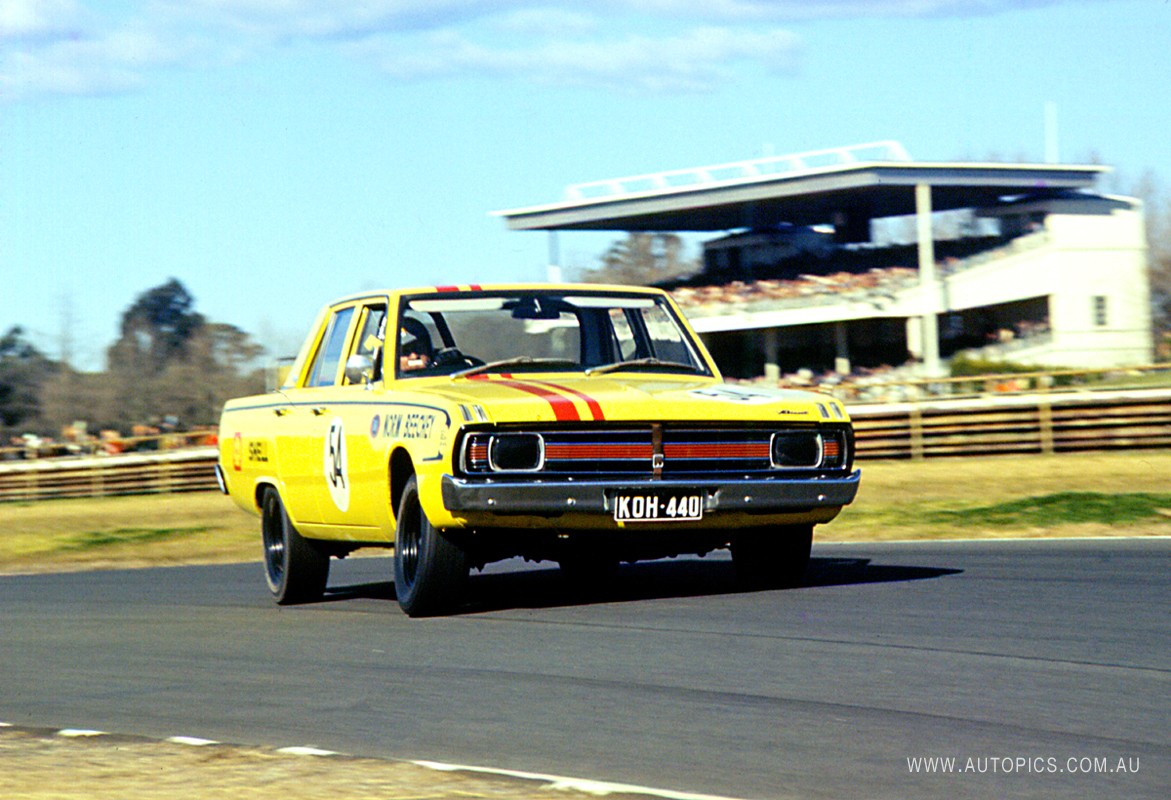It was the VG for me, given its fascinating competition background and cash-strapped Chrysler Australia’s ability to do a lot with not a lot. It was quite incredible really. For example, when the new 245cid VG Hemi Pacer two-barrel was launched in March 1970, it was claimed to have close to 200 bhp on tap. Then in August 1970 came an even more powerful version fitted with a big 400cfm Carter four-barrel carburettor on a six-branch manifold, which bumped the Hemi’s power output up to 211 bhp (157kW). Chrysler also announced a series of factory options to turn these base model Hemi Pacers into nothing less than thinly disguised Bathurst race cars that could be driven on the road. VG Hemi Pacers equipped with either the ‘E31 Two-Barrel Track Pack’ or ‘E34 Four-Barrel Track Pack’ options came loaded with numerous modifications to engine, transmission and chassis to improve performance and durability under the stress of competition. And as if that wasn’t enough, there were two more high performance options available only to those who had already ordered the E31 or E34 Track Packs. The ‘A84 Competition Pack’ included track-only upgrades of suspension hardware and brake cooling, plus a close-ratio version of the three-speed manual gearbox. This came with a stronger tail-shaft to withstand the expected abuse off the start line. Plus, for Bathurst there was option J42 – a huge 35-gallon (159-litre) fuel tank mounted in the boot directly above the rear axle, with a flip-top fuel filler cap mounted on top of the left rear quarter panel. That elegant cast-aluminium cap is one of the best features on a Hemi Pacer. I just love these cars!
Published on 16 October 2023
By logging in via Facebook or Google, you consent to Facebook or Google sharing your information with Shannons. Shannons agrees to use this information in accordance with the Shannons Club Privacy Statement.



